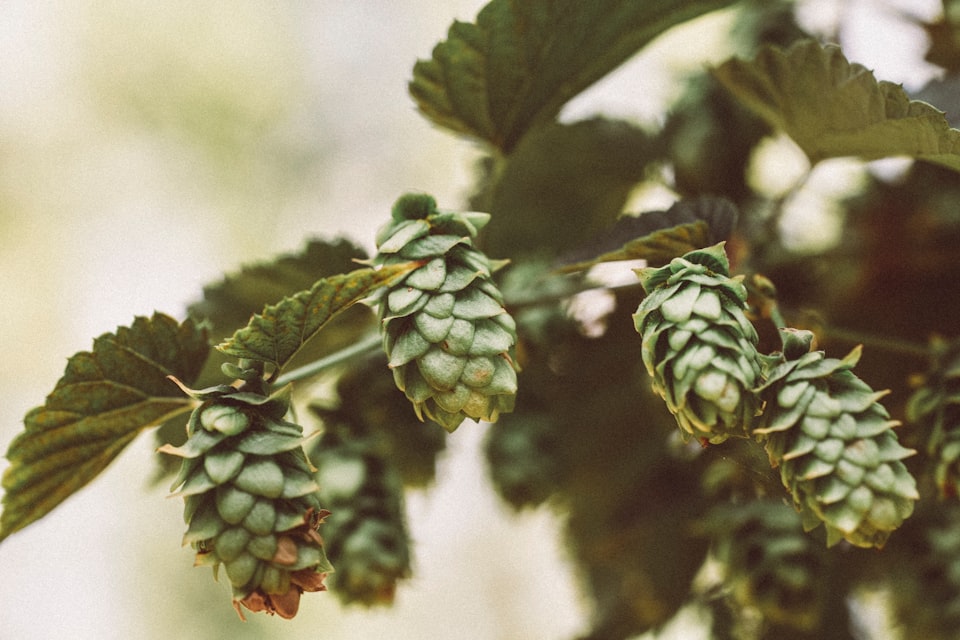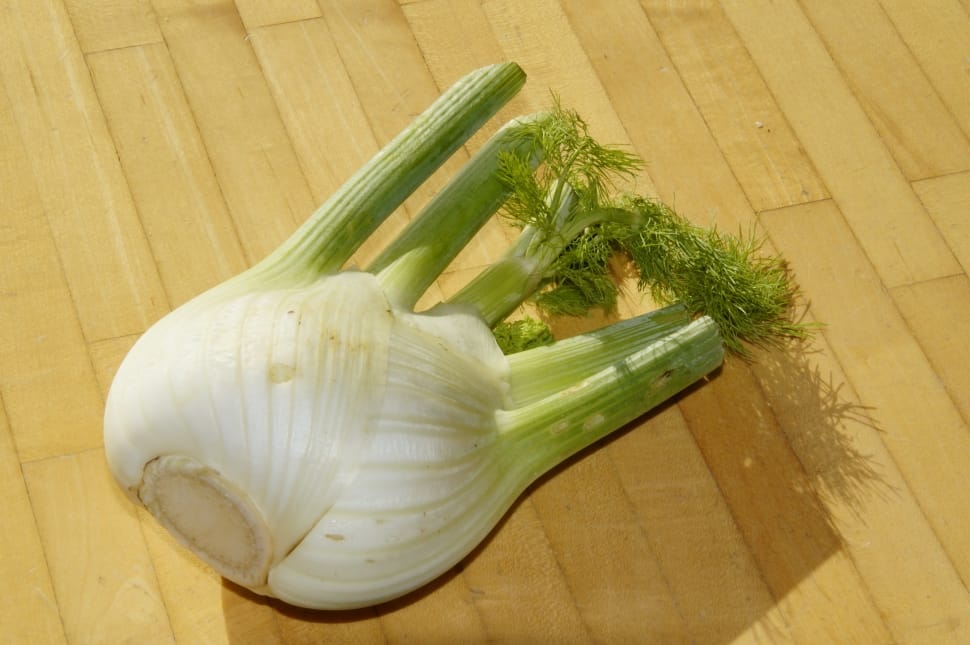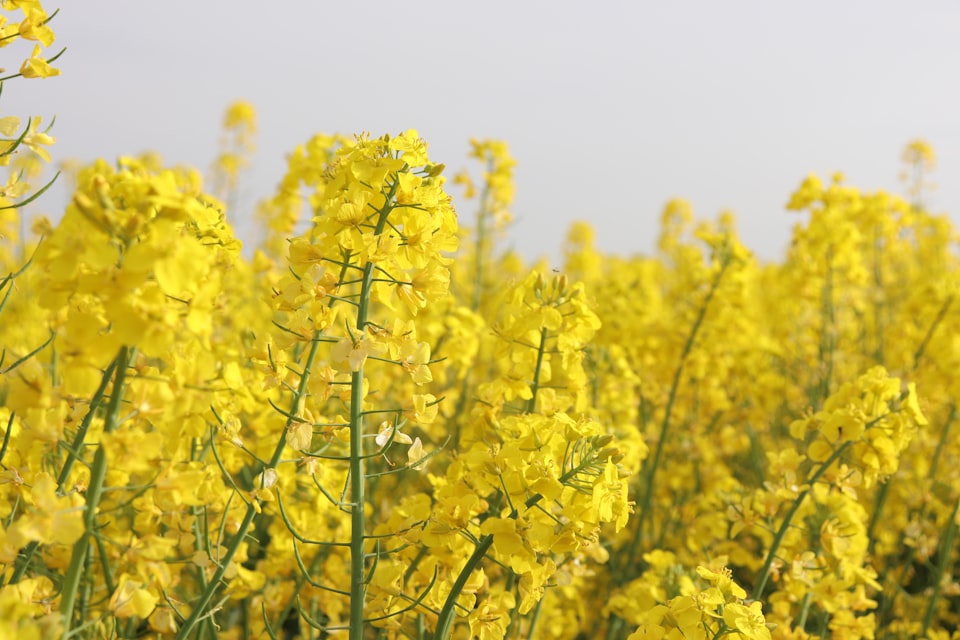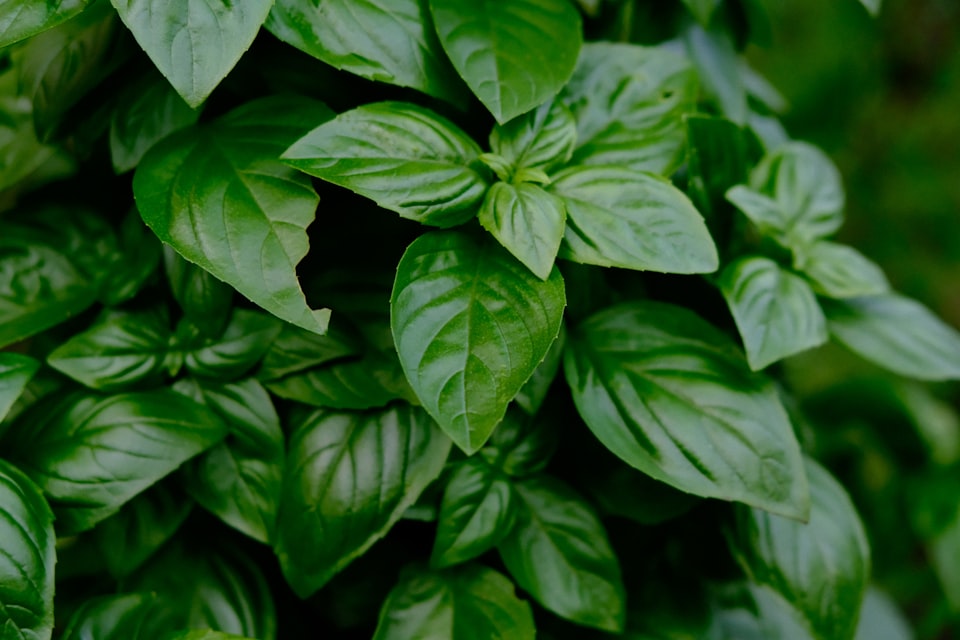IX: Chervil
How one poet saw in chervil the face of God.
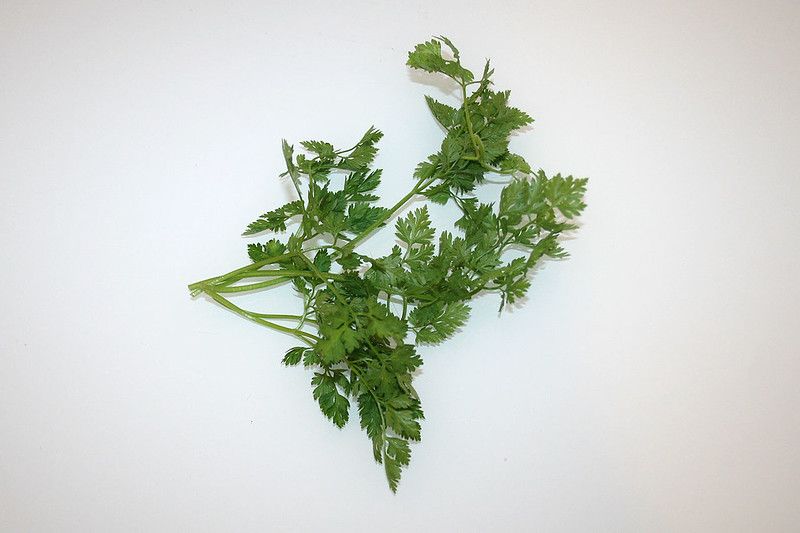
Good morning. Today is nonidi, the 19th of Ventôse, Year CCXXXI. We celebrate le cerfeuil, a broad-leaved parsley that smells like myrrh.
Chervil is commonplace but exotic at the same time. It's an herb that resembles so many others – common carrots, plain parsley, hellish hemlock – but is clouded in deeper obscurity than the others. Of the four traditional fines herbes of French cooking (those herbs that must be added at the very end of cooking because they are so fragile), it is easily the most forgotten.
That, plus its evocative, animalistic name, might be the reason it's a favorite of poets. I remember first encountering the word in a poem and thinking it must be dreadfully obsolete, only to find out it's a common name for a common plant. I remember the poem well, because the chervil sticks out like a beacon in otherwise flowering language that made me, as a teen, roll my eyes. I'm speaking of George Manley Hopkins' "Thou art indeed just, Lord."
